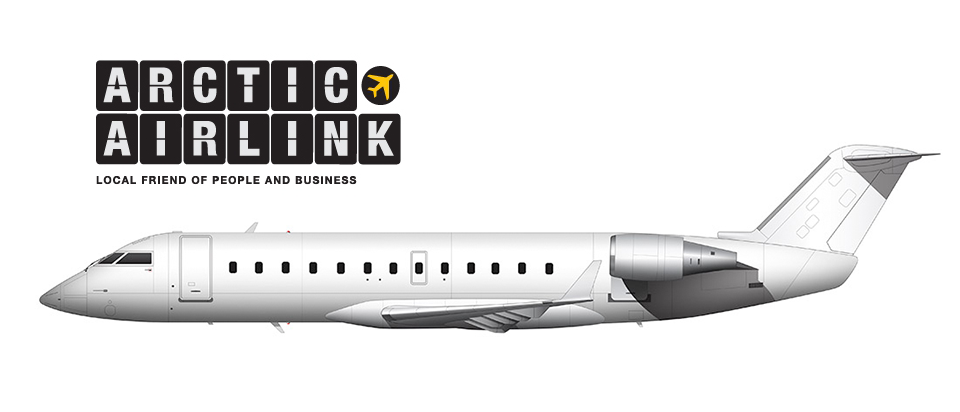Business’ hopes of transport investments are becoming a reality.
Highway 4 will undergo upgrades to the tune of 155 meur. The main railway route’s renovation from Oulu towards South will be ready. Port of Oulu’s fairway will be dredged. Oulu airport with its million yearly travellers gets a 13 meur investment in Summer 2017 while maintaining over 100 weekly flights to Helsinki, Troms in Norway and Luleå in Sweden as well as beach resorts. The investments ease the realisation of major Northern projects and the development of tourism.
Finavia to renovate runways at Oulu Airport in July 2017
Finavia is investing EUR 13 million in the safety of air traffic and the operating conditions of business life and tourism in the Oulu region by renovating traffic areas at Oulu Airport. This will be Finavia's largest single investment in regional airports in 2017, giving employment to hundreds of people during the summer.
Oulu Airport is the second busiest airport in Finland and, last year, it reached the milestone of one million passengers. This renovation continues the service changes completed in 2014. During the 2000s, Finavia has invested some EUR 30 million in Oulu Airport. The goal of these significant investments is to secure the competitiveness of the airport.
“After the renovation, Oulu Airport will be in historically good condition and even more capable to serve airlines and passengers,” says Liisa Sallinen, manager of Oulu Airport at Finavia.
The airport was previously modernised in 2014 when the passenger experience was improved at the terminal. That project focused on passenger services and comfort at the terminal and the functionality of parking areas. After the modernisation, customer satisfaction surveys have ranked Oulu Airport among the best airports with excellent scores.
Traffic relocated to Kemi-Tornio during the unavailability of the airport
The renovation will be carried out in summer when the traffic volume is lower. The plan is to perform the renovation in three stages so that the runway will be fully closed between 26 June and 31 July 2017. During the period of limited opening hours (2–28 May and 31 July – 13 August), there will be restrictions on traffic, particularly during the night.
Airlines operating from Oulu Airport, will relocate their flights to Kemi-Tornio Airport with limited schedules. Passengers on flights relocated from Oulu to Kemi will have access to bus transportation from Oulu to Kemi and back.
Fast lane to investments on Highway 4
Highway 4 is the most important transport route in Northern Finland, which is also the national main route for long distance freight and passenger traffic, and a part of TEN-T core network. The development of the highway supports the actualisation of Northern major projects and tourism development.
The highway’s daily traffic volumes fluctuate between 6,100 and 51,500 vehicles. The traffic volumes are affected by the growth of Tornio-Haparanda region, traffic crossing the Swedish border, Oulu and Kemi-Tornio airports, Bothnian Bay harbours, and Tornio’s point of entry. The largest traffic volumes are around Oulu region.
- The size of the investment is 155 million euros.
- The project area is 122 km.
- The timeframe for execution is between 2017-2019.
Oulu section
The highway section in Oulu will be widened to three lanes and noise barriers will be built. Across Oulu river, a new bridge for pedestrian and bicycle traffic will be built. The highway interchanges will be developed to be suitable for fast public transport.
A new interchange will be built close to Kempele’s Zatelliitti commercial services centre.
Haukipudas section
The two-lane expressway to the South of Haukipudas will be upgraded to a highway and into a fast lane with crash barriers between Haukipudas-Räinänperä (2+1 lanes).
Ii-Maksniemi section
Six pairs of fast lanes with crash barriers will be built between Northern Ii and Simo’s Maksniemi.
Intersection and pedestrian and bicycle traffic arrangements will be made and noise barriers built around population centres.


